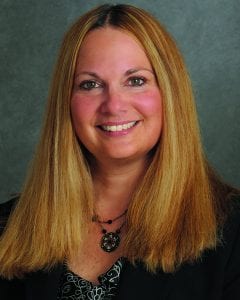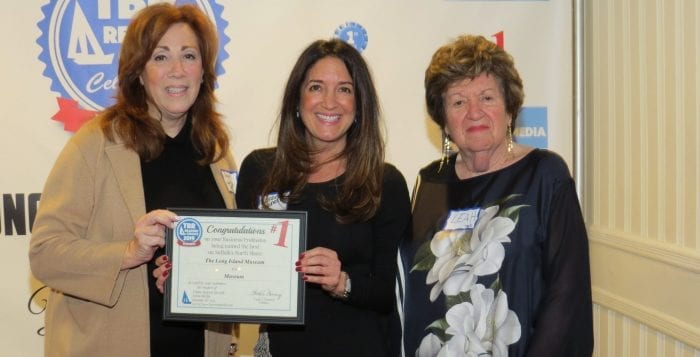By Nancy Marr
When Newsday published its account of racial discrimination in housing last December, people were sad to read it but most said it was not a surprise.
By documenting it with the results of 25 testers we are forced to look for explanations and then for solutions. Racial attitudes from the past were carried over by the federal government; it advocated racially restrictive covenants on deeds to prevent homes from being occupied by African Americans, Jews and other minorities.
The Federal Housing Administration’s manual in 1936 stated that deed restrictions should prohibit occupancy of homes “except by the race for which they are intended” lest “incompatible racial elements“ would cause housing values to fall. In 1947, the U.S. Supreme Court ruled that race-restrictive covenants were not enforceable, but the practice remained. The 1968 Fair Housing Act signed by President Johnson finally made racial discrimination illegal.
 Blatant discrimination began to give way to steering; black house hunters were shown homes only in minority or integrated areas while whites were shown houses in overwhelmingly white areas. As people of color began to buy homes in mostly white areas, block busting by real estate brokers took advantage of the situation by scaring white homeowners into selling their homes at lowered prices.
Blatant discrimination began to give way to steering; black house hunters were shown homes only in minority or integrated areas while whites were shown houses in overwhelmingly white areas. As people of color began to buy homes in mostly white areas, block busting by real estate brokers took advantage of the situation by scaring white homeowners into selling their homes at lowered prices.
The U.S. Justice Department ruled racial steering illegal under the Fair Housing Act and both state and federal governments launched efforts to investigate and curtail steering and block busting. Local agencies like the Human Rights Commission and Suffolk Housing Services have been able to bring cases of discrimination and steering to court with some success.
And yet the testers in the current study showed that significant proportions of homebuyers of color were not shown homes in areas with better schools or primarily white populations, but African Americans, Latinos, and Asians were shown homes in areas that the testers told white homebuyers they would not want to live in.
It is significant that the salespeople chose to match their prospective buyers with the schools in the districts they were shown. They knew that white buyers would want to live in the areas with the best schools that they could afford. They showed the buyers of color homes in areas with poorer schools, even though they too wanted to live in the areas with the best schools they could afford.
The Newsday article was followed by County Executive Bellone’s announcement that a testing program will be launched by Suffolk County. New York State has already started trainings for the real estate industry with strict enforcement of the rules that should guide them.
But can the solution rest with enforcement of civil rights laws? At the LIVE Newsday event, panels of experts discussed the article on discrimination and filled in some of the spaces. The method of funding schools in New York State, if not changed, will continue to create competition for funds between “good” areas and “bad” ones. Deep seated public prejudices and fear of changes that might affect home values often influence real estate brokers, who can play a role in re-educating the public about housing discrimination but who are not insensitive to the attitudes of their clients.
How can we, as the community, change our attitudes? Can community planners in towns and villages find ways to include all segments of the community to find solutions? The Village of Patchogue worked with the Long Island Housing Partnership to build workforce housing priced for families with lower incomes, chosen by a lottery. Located near the railroad station, it has brought together a diverse group of younger families and stimulated the building of other housing downtown. The entrepreneurship of Latinos in Patchogue has supported the growth of the business district.
Other sustainable developments throughout Suffolk County are redeveloping vacant malls and stores to build affordable and workforce housing, overcoming the shortage of available land and finding ways around the need for sewers. The L. I. Housing Partnership has formed a land trust to acquire and own the land that it leases to homeowners, reducing the cost of homeownership. Vision Long Island’s website VisionLongIsland.org gives examples of development projects that address issues of diversity.
Make your voice heard. Let your county, town and village representatives know that you want all neighborhoods to welcome housing for a diversity of people in thriving communities.
Nancy Marr is first vice president of the League of Women Voters of Suffolk County, a nonprofit, nonpartisan organization that encourages the informed and active participation of citizens in government and influences public policy through education and advocacy. For more information, visit www.lwv-suffolkcounty.org or call 631-862-6860.





















